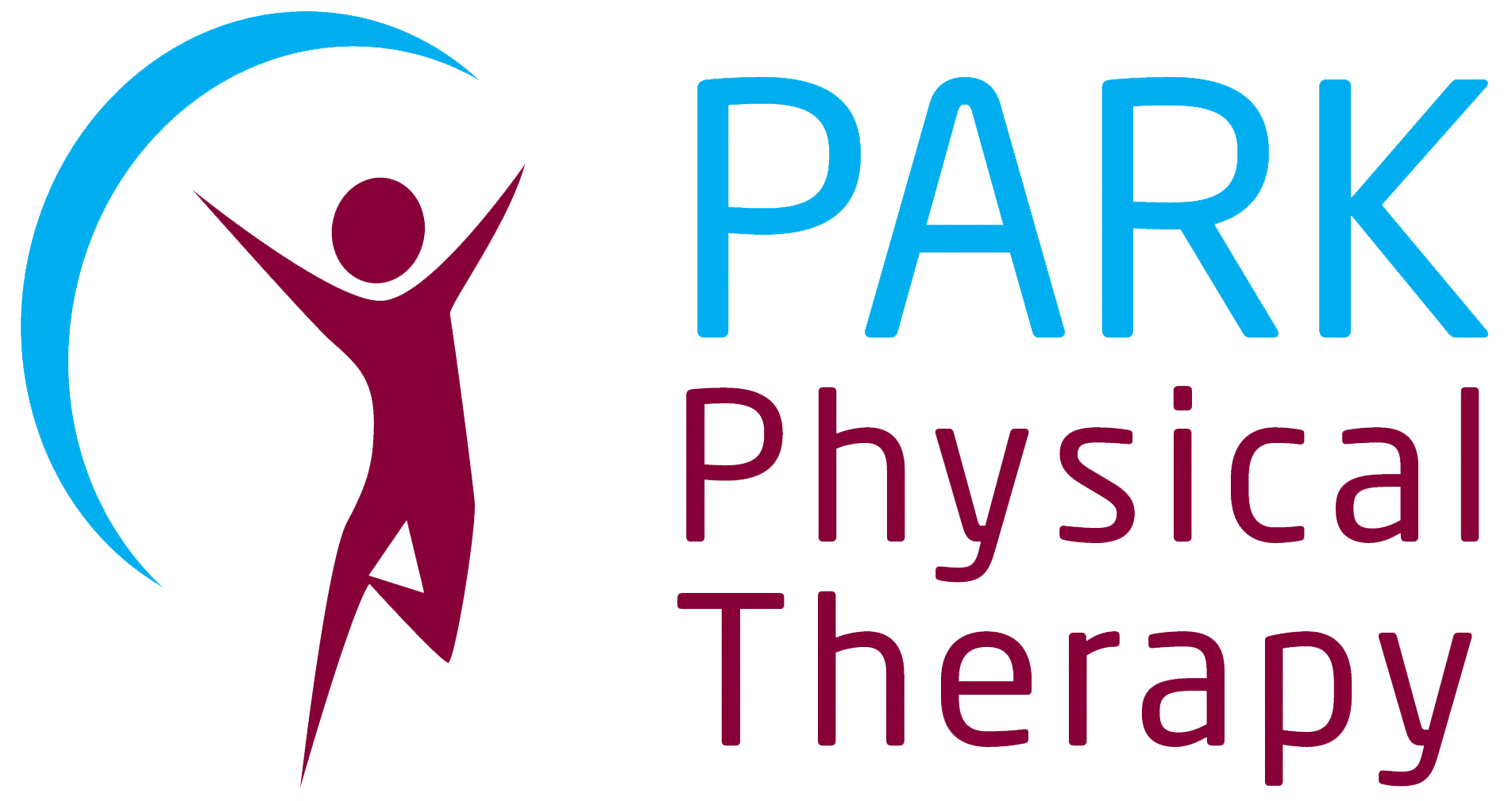TMJ
Temporomandibular joint disorder, or TMJ, is a common condition that limits the natural function of the jaw, like opening the mouth and chewing. The temporomandibular joint connects the jaw to the skull in front of the ear. TMJ affects more than 10 million people in the U.S., usually being diagnosed between the ages of 20 and 40. The disorder has statistically affected more women than men.
Many things can cause TMJ to arise. Problems with teeth alignment, jaw fracture, arthritis in the temporomandibular joint, or surgery to the jaw can cause TMJ. Stress can also be a cause of TMJ. consistent grinding of the teeth, both during the day and while sleeping at night, could attribute to TMJ.
Several symptoms can indicate TMJ. Pain or tenderness in the jaw, pain around the ear, jaw fatigue, or headache could all point to TMJ. Lockjaw, where the jaw is temporarily stuck due to swelling, could also be TMJ. Be sure to see a doctor if you feel any persisting symptoms. If you’re diagnosed with TMJ, don’t worry- a physical therapist can help you relieve the pain and restore the natural movement of your jaw.
The severity of your condition will likely indicate which treatment will be administered. For non-serious cases, therapists may use hands-on techniques to increase the movement in your joints by stretching the jaw to restore normal joint and muscle flexibility. Your therapist may also help fix your posture. Sitting with your head in a consistent forward position could place strain on the muscles under the chin, which causes the jaw to pull back, increasing the stress put on the temporomandibular joint. Your therapist will teach you correct posture, and when to recognize when you’re putting strain on your joints.
For severe cases of TMJ, therapists may use special treatments to relieve the pain. Ultrasounds apply deep heat to the joint to relieve soreness and improve jaw mobility. Transcutaneous electrical nerve stimulation is applied to the face and jaw which then sends low-level electrical currents to relax joints and facial tissues.
